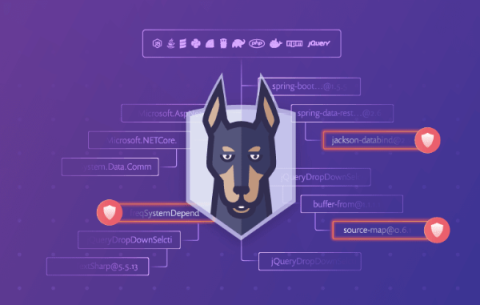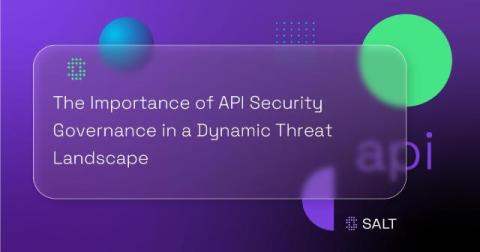Monitor Akamai Zero Trust and Application Security with Datadog Cloud SIEM
Akamai is a cloud content delivery and security platform that helps organizations secure their applications, APIs, network access, and credentials that workforces and customers use every day. Akamai Zero Trust provides enhanced security for users, devices, and data across an organization by securing access to the corporate network, SaaS applications, email, and other resources.










